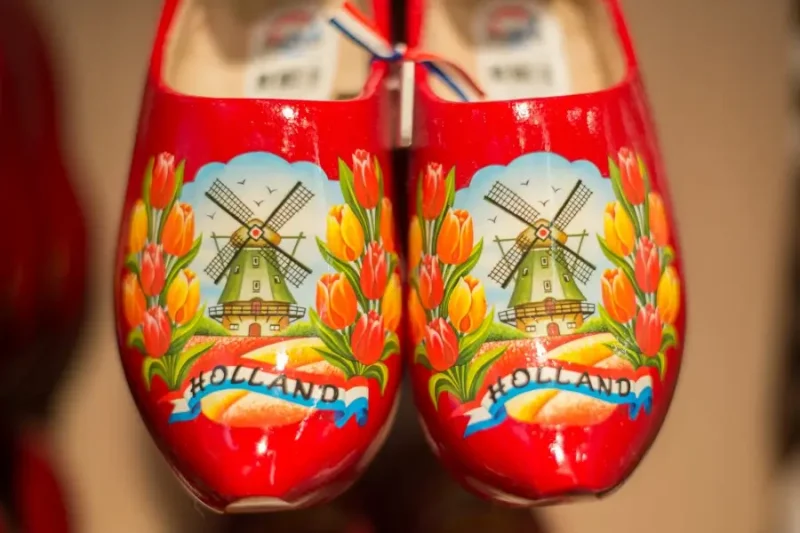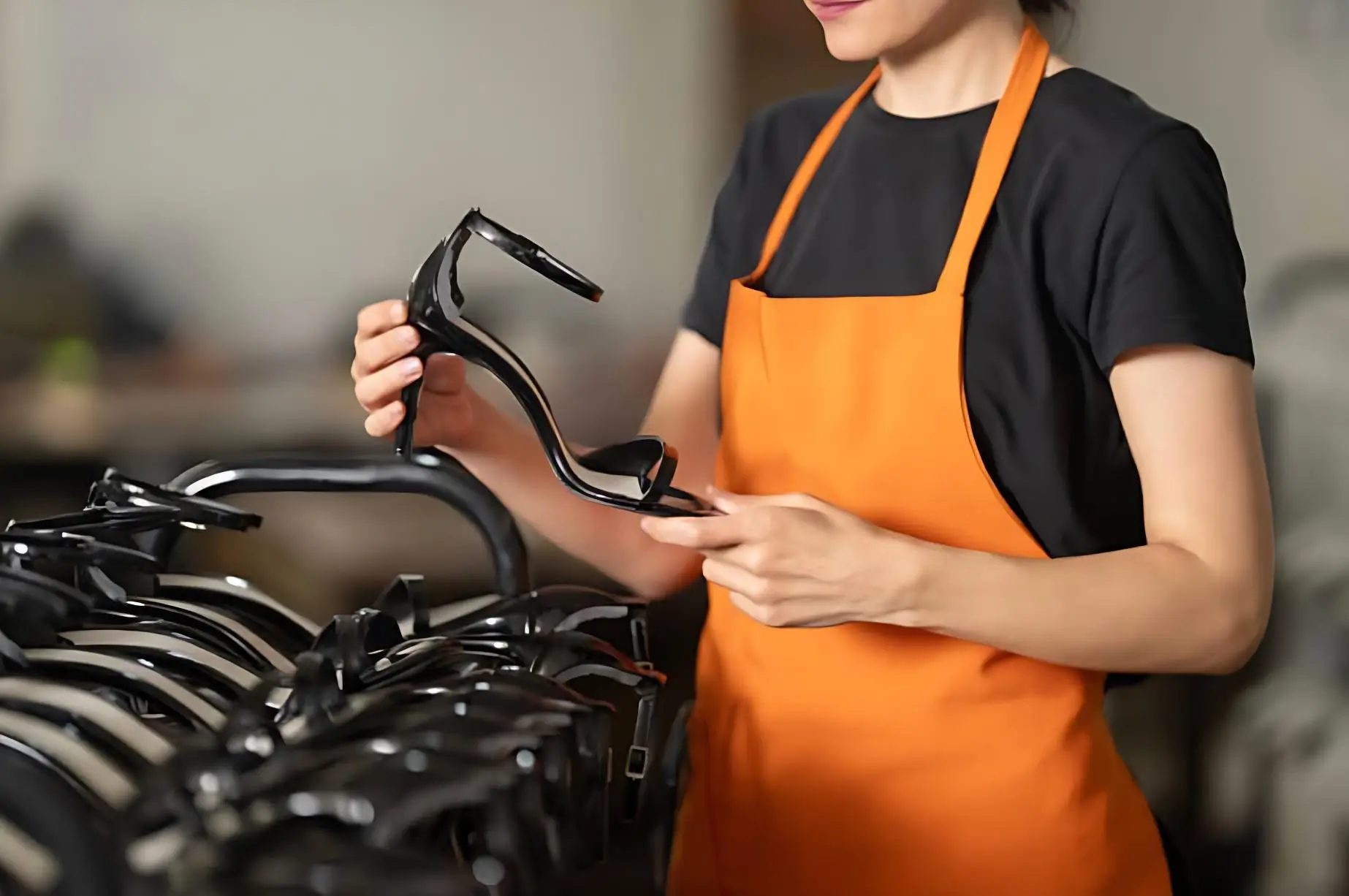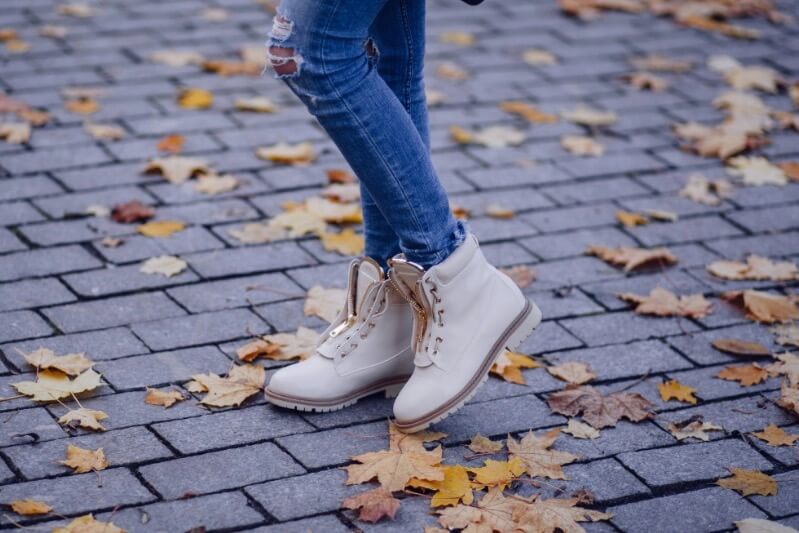I’ve spent over 15 years in the trenches of footwear manufacturing in China. I have worked with everyone from ambitious startups to major global brands. And in every single initial conversation, the same critical question comes up: “How much does it really cost to make a shoe in China?”
The answer is more complex than you might think. It is not just about a single “factory price.” A shoe that costs $15 to make at the factory gate can end up costing you over $30 by the time it lands in your warehouse. Understanding the entire cost structure is the single most important factor in building a profitable and sustainable footwear business.
This is not a theoretical guide. This is a real-world, no-fluff cost breakdown, based on my firsthand experience. I am going to pull back the curtain and show you everything that goes into the cost of manufacturing a shoe in China. We will look at everything from the raw materials and labor to the hidden costs of logistics, tariffs, and quality control. This is the insider’s guide you need to source smarter, protect your margins, and build a successful brand.
The Core Manufacturing Cost (The Ex-Factory Price)
Let’s start with the number that most people think of first: the ex-factory price. This is the price you pay the factory for the finished shoe, ready to be picked up. It is often called the FOB (Free on Board) price. This price is typically made up of four main components.
Raw Materials: The Biggest Slice of the Pie (30-50%)
The raw materials are, without a doubt, the largest single component of a shoe’s cost. For a typical athletic sneaker, the materials can account for 30-50% of the ex-factory price.
The Upper: This is usually the most expensive part of the shoe, making up around 34% of the total material cost. This includes all the upper parts, any hardware like eyelets, the foam padding in the collar and tongue, logos, and laces.
The Outsole: The rubber or foam outsole is the next biggest component, at around 14% of the material cost.
Leather: If you are using genuine leather, this can be a significant cost driver. It often accounts for 16% or more of the material cost on its own.
Packaging: Do not forget the packaging. The shoebox, the master carton, and the hang tags can make up around 6% of the material cost.
It is also important to remember that the price of many of these materials, especially petroleum-based foams like EVA, can be very volatile. A good manufacturing partner will have a strong material sourcing team that can help you navigate this volatility and lock in the best prices.
Direct Labor: A Shifting Landscape (20-40%)
Direct labor is the second-largest component of a shoe’s cost. It typically makes up 20-40% of the ex-factory price. This is the cost of the skilled workers on the production line who cut, stitch, and assemble your shoes.
While it is true that labor costs in China have been rising (they have more than tripled since 2008), it is a myth that China is no longer a cost-effective place to manufacture. The reason for this is the incredible efficiency and skill of the workforce. The productivity of a skilled Chinese factory worker is often much higher than in lower-wage countries.
It is also important to understand that wages vary a lot within China. A factory in a major coastal city like Shenzhen will have much higher labor costs than a factory in a more remote inland city.
Manufacturing Overhead: The Hidden Costs (10-20%)
Overhead includes all of the indirect costs of running a factory. This can include:
Factory rent and utilities
Equipment maintenance and depreciation
Indirect labor (supervisors, QC inspectors, administrative staff)
Quality control systems
Tooling Costs: The Upfront Investment (3-5%)
If you are creating a brand-new shoe design with a unique outsole, you will need to invest in new molds and tooling. This can be a significant upfront cost, often ranging from $1,500 to $5,000 for a single set of outsole molds. This cost is typically amortized, or spread out, over the total volume of your production run. For a typical sneaker, the amortized cost of new tooling might be around 3% of the total ex-factory cost.
Beyond the Factory Gate: The Landed Cost
The ex-factory price is just the beginning. The “landed cost” is the total cost of the shoe by the time it arrives at your warehouse in your home country. This includes all the costs of getting the shoe from the factory to you.
Packaging, Inland Transport, and Freight
Packaging: As mentioned before, the cost of the shoebox and master carton is usually included in the ex-factory price.
Inland Transport: You will need to pay for the cost of transporting your finished goods from the factory to the port in China.
International Freight: This is a major component of your landed cost. The cost of shipping a 40ft container from China to the US can vary a lot depending on the season and global demand. You should budget anywhere from $2,500 to $5,500 for this.
Import Duties, Tariffs, and Trade Compliance
This is a critical, and often overlooked, cost that can have a huge impact on your profitability.
HS Codes and Tariffs: Every type of shoe has a specific Harmonized System (HS) code. This code determines the rate of import duty you will have to pay. For athletic footwear imported into the US, this can be as high as 20% or more of the FOB value. It is essential that you work with a manufacturer and a customs broker who can help you correctly classify your products. Misclassification can lead to huge fines.
Section 301 Tariffs: The US has also imposed additional “Section 301” tariffs on many goods imported from China. For some types of footwear, these tariffs can be an additional 7.5%.
Other Fees: You will also need to pay a Merchandise Processing Fee (MPF) and a Harbor Maintenance Fee (HMF). Together, these add about 0.5% to the dutiable value.
When you add it all up, the total cost of duties and tariffs can be a significant part of your landed cost.
The Total Cost of Ownership: The Strategic Investments
The landed cost is still not the full picture. A successful brand also needs to invest in a number of indirect and strategic costs.
R&D and Design: The Cost of Innovation
If you want to create a unique and innovative product, you need to invest in Research and Development (R&D) and design. This can include:
The cost of hiring a designer or a design agency.
The cost of creating a professional tech pack.
The cost of creating multiple rounds of samples.
For a new shoe brand, a reasonable starting budget for R&D and design might be $5,000 to $20,000.
Quality Assurance: The Cost of Protecting Your Brand
As I’ve said before, quality is everything. You must invest in protecting your brand’s reputation. This includes the cost of hiring your own independent, third-party inspection company to conduct a final inspection of your goods. This might cost you $300 to $500 per inspection, but it is the best money you will ever spend.
Sustainability: The Cost of Doing the Right Thing
In today’s market, a commitment to sustainability is a core business requirement. This can include the cost of using more expensive, eco-friendly materials, and the cost of getting your factory and your materials certified.
Marketing and Branding: The Cost of Building a Business
Finally, you need to invest in marketing and branding to tell your story and to reach your customers. This can include the cost of building a website, running digital marketing campaigns, and creating content.
The JINHUA Difference: Your Partner in Cost Optimization
At JINHUA, we are more than just a manufacturer; we are a strategic partner. We work with our clients to help them optimize their costs at every stage of the process.
Our Commitment to Transparency and Cost-Effectiveness
We believe in total transparency. We will provide you with a detailed, line-by-line cost breakdown for your product, so you know exactly what you are paying for.
Our Expertise in Material Sourcing and Supply Chain Optimization
Our experienced sourcing team has deep relationships with a huge network of material suppliers. We can help you find the best quality materials at the most competitive prices.
Our Uncompromising Commitment to Quality and Value
We have a rigorous, multi-stage quality control process that ensures a high-quality product every time. This reduces the risk of costly returns and protects your brand’s reputation.
Frequently Asked Questions
1. How can I get an accurate quote for my shoe design?
To get an accurate quote, you need to provide the factory with a detailed tech pack. This should include technical drawings, a full list of materials, construction details, and your color specifications. The more detailed your tech pack is, the more accurate your quote will be.
2. What is the most common hidden cost that brands overlook?
From my experience, the most common hidden cost is import duties and tariffs. Many new brands underestimate how much these can add to their total landed cost. It is essential that you work with a customs broker to get an accurate estimate of these costs before you place your order.
3. How can I reduce my manufacturing costs without sacrificing quality?
The best way is to work with your manufacturer as a consultant. They can often suggest small changes to your design or materials that can reduce the cost without affecting the look or feel of the shoe. Being flexible on your order quantity can also help; a larger order will almost always have a lower unit price.
Final Takeaways: Your Action Plan for a Profitable Footwear Business
As we’ve explored, understanding the real cost of making a shoe in China is the foundation of a profitable footwear business. Success comes from looking beyond the factory price and finding a true partner who can help you optimize your costs without sacrificing quality.
Look Beyond the Factory Price: You must calculate your total landed cost, including freight, duties, and tariffs.
Find a True Partner: You need a manufacturer who is transparent about their costs and will work with you as a consultant.
At Jinhua Shoes, we are that partner. Since 2004, from our home in Wenzhou, China’s shoe capital, we’ve been the trusted OEM & ODM engine behind leading brands across five continents. We combine our passion for the process with a proven track record of helping brands like yours build more resilient and profitable supply chains.
If you are ready to get a clear and transparent cost breakdown for your next footwear project, my team and I at JINHUA are here to help.
Got a project in mind? Let’s turn it into reality. Send your project details to our expert team by email to start the conversation.
📧 Email: sales@jinhuashoes.com
(You’ll get personalized expert feedback within 12 hours.)



